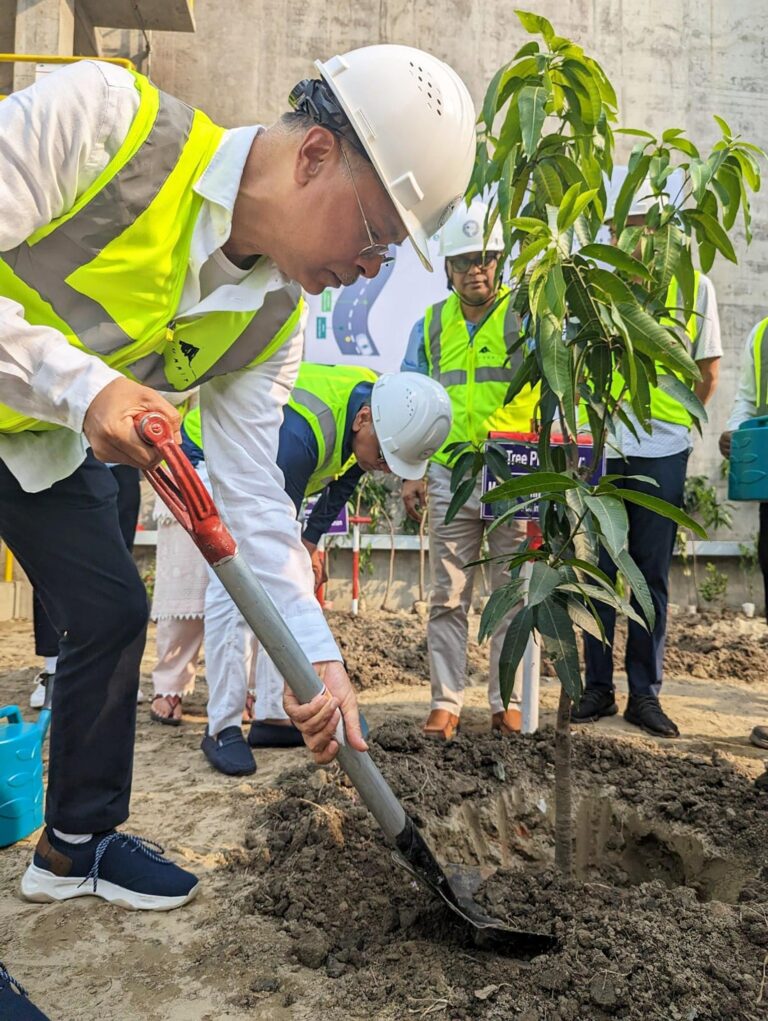
Engine-based power plants sometimes face criticism as outdated technology in an era of combined-cycle turbines and renewable energy. Yet Summit Group continues operating these reciprocating engine facilities across Bangladesh, particularly because they serve a critical function in rural areas: keeping irrigation pumps running during cultivation seasons.
“For solar energy, you need a minimum of two to three acres of land to produce only one megawatt of energy,” says Monirul Akhand, managing director of Summit Power Limited. “Bangladesh is a very small country—150,000 square kilometers with 200 million people.”
The mathematics of land use makes large-scale solar deployment challenging in one of the world’s most densely populated nations. Wind power faces similar constraints, with inconsistent wind patterns except during cyclone season when winds become destructively strong. These physical realities mean engine-based plants have remained essential for distributed generation.
Powering Agricultural Self-Sufficiency
Bangladesh’s power demand fluctuates dramatically between seasons. Peak summer demand reaches 18,000 to 19,000 megawatts, while winter consumption drops to 5,000 megawatts. Engine-based plants can economically operate at partial loads or shut down entirely during low-demand periods, unlike baseload thermal plants that lose efficiency below certain operating thresholds.
Reciprocating engines, essentially massive versions of vehicle engines burning natural gas or oil, offer unique operational advantages for Bangladesh’s agricultural economy. Unlike large thermal plants that require hours to start up, engine-based facilities can begin generating power within minutes. The flexibility proves crucial during irrigation season when farmers need reliable power for water pumps at specific times.
“We are self-sufficient in food. Such a small country, and still we can feed 200 million people,” Akhand notes. “It’s because of the irrigation system that prevails. During the growing season, it’s essential that rural areas are provided with power so they can operate their water pumps and irrigate their lands.”
The distributed nature of engine-based generation also provides resilience against transmission failures. Many rural areas lack robust grid connections, making local generation essential. A 20-megawatt engine plant can serve surrounding communities even when disconnected from the national grid, maintaining critical services during system failures.
Engine plants in agricultural areas see utilization patterns directly tied to cultivation cycles. During planting and harvesting seasons, these facilities run at maximum capacity. Between seasons, they may operate at 30% load or less.
And small industrial facilities in rural areas depend on engine-based plants for process heat and power. Textile workshops, food processing units, and agricultural equipment manufacturers cluster around these power sources. The co-location reduces transmission losses and provides more reliable power than distant grid connections.
Technical Advantages and Fuel Flexibility
Maintenance requirements for engine-based plants often suit Bangladesh’s technical capabilities better than complex combined-cycle facilities. Local mechanics familiar with diesel generators can perform routine maintenance on reciprocating engines. Parts availability through regional supply chains reduces dependency on specialized international suppliers.
“Engine-based power plants can operate on gas—we have gas in Bangladesh, although it’s depleting and we don’t have adequate supplies,” Akhand explains. “But they can also operate on heavy fuel oil, giving us flexibility.” This fuel switching capability allows operators to adapt to changing energy source availability and prices, crucial in a country dependent on imported LNG and petroleum products.
The technical specifications of modern reciprocating engines have improved significantly from earlier generations. Current models can achieve thermal efficiencies approaching 50%, competitive with smaller combined-cycle plants. Emissions control systems reduce nitrogen oxide and particulate matter to meet international standards.
Bridge Technology for Development
Summit Group’s engine plant strategy acknowledges that these facilities serve as bridge technology rather than permanent solutions. The company’s parallel investments in renewable energy and high-efficiency thermal plants indicate a transition pathway. However, the timeline extends decades rather than years given Bangladesh’s development needs.
It’s true that engine-based plants have higher emissions per megawatt-hour compared to combined-cycle plants or renewables. However, renewable alternatives are not widespread in Bangladesh, and reliable power for irrigation and rural industry can enable economic development that funds cleaner future alternatives. As it stands, the choice isn’t necessarily between engine plants and renewables but between engine plants and no electricity.